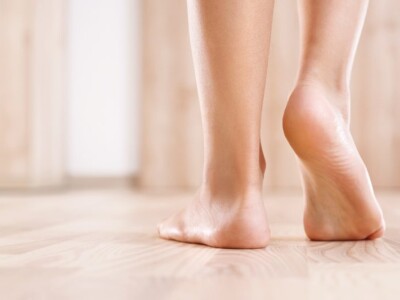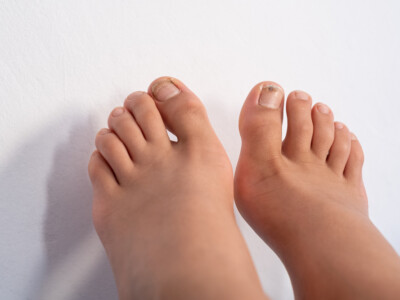Metatarsalgia
The term metatarsalgia is a general term to describe pain and swelling in the forefoot region of which there can be many causes. Commonly the pain is located in the ball of the foot, most often that part directly behind the 1st and 2nd toes, and is worse following any activity involving weight-bearing on the forefoot. In extreme cases, the pain can be so intense that putting weight on your foot becomes nearly impossible.
Causes of Metatarsalgia
The swelling and pain is often aggravated by footwear – the wearing of high heels tends to push the body weight closer to the forefoot, and certain shoes that are constrictive across the forefoot can be a problem.
Alterations in the way that the foot moves during walking can also be a driving factor. Common foot issues that might contribute to metatarsalgia include overpronation, hallux limitus, and forefoot equinus.
Treatments for Metatarsalgia
Successful treatment lies in the identification of any underlying causes of the pain. We will assess the activities that provoke discomfort, the exact location of your pain, and whether you have recently changed your workout schedule, your sports shoes, or the surface upon which you train.
Gait analysis is a key component in the examination process and is effective in determining how the foot moves during walking and running and whether this has any relevance to the symptoms. If so there are a variety of different orthotic devices which can be used to accommodate and positively influence any foot function issue.
If it appears that footwear is related to your metatarsalgia, we will recommend more suitable footwear. Shoes with more squared-off toes tend to work better for forefoot-pain patients, as they relieve the pressure on the forefoot and permit the toes to spread apart during walking, jogging, or running.
Although you might be tempted to ‘train through’ metatarsalgia, activity will increase the stresses on the point of injury and slow down the recovery process. Return to normal training and competition should be delayed until underlying causes of forefoot pain have been resolved and until major symptoms have disappeared. We will monitor your recovery and advise you on when it’s best to get back to your activity.
Book a Podiatry Appointment
OTHER CONDITIONS WE TREAT
What our clients say









